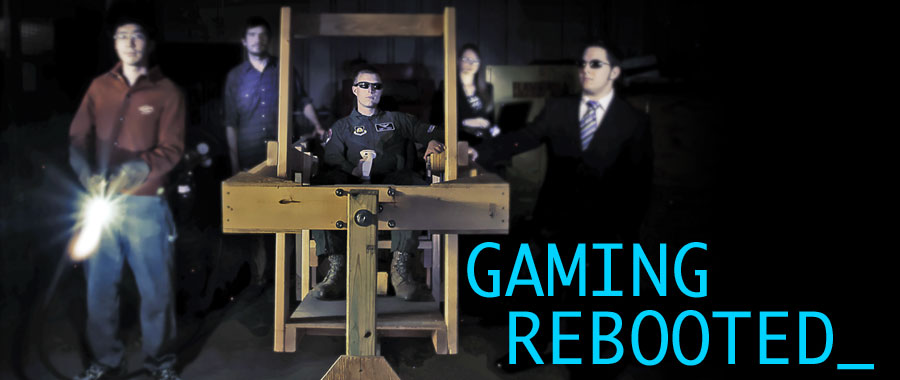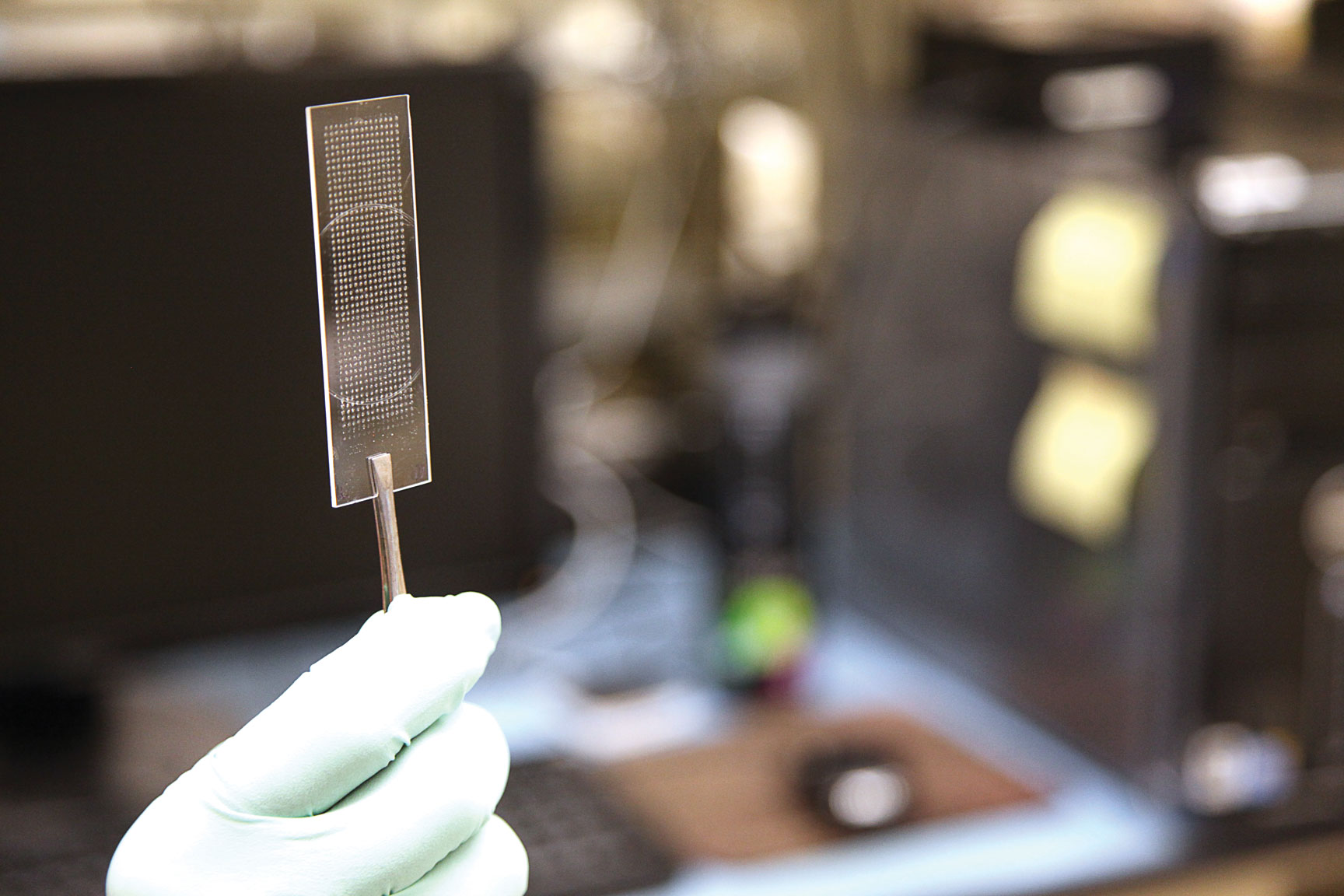


In the beginning there was Pong, and it was good. Then came Pacman, which begat Mario Brothers, which produced Street Fighter which birthed Call of Duty: Black-ops. And these too, were good.
The video game industry has come a long way since we were delighted by a tiny ball bouncing across a screen. What hasn’t changed too drastically, however, is the way we play games. We still sit in a chair and use a controller to make our character shoot, stab or avoid whatever obstacle gets in the way. But now, engineering and business students at UTSA want to take that experience to the next level.
Engineering students, Igor Popov, Radford Byerly, Chase Chapman, along with business students Breanna Oliver and Josh Bellows, want our chairs to be as interactive as the games we are playing.
"We needed a senior design project, and we needed something that was fun and challenging to do," Popov says. "We considered other ideas but eventually settled on a flight simulator. We all play video games and this combined all of our passions."
What the team created was The RowdySim 240, a motion gaming chair for the next generation gamer. The original plan called for a sleek aluminum design with all of the trimmings, but with a limited student budget they built their prototype of wood instead.
"We basically had what was in our wallets to spend, and our original overarching budget was $1,250. Really none of us could assume that much, so we just started paring it down over and over and until we got it to the cheapest we could afford," Popov explains.
Although the chair looks more medieval than high tech, it could be the start of a new business.
Through a collaboration between the colleges of engineering and business, students are able to work on all aspects of bringing a product to market. As the engineers work toward building a functioning prototype, the business students are laying the foundation for a start-up company, including a business plan, marketing strategy and cost/benefit analysis. All of this is done through senior design projects and the Center for Innovation and Technology Entrepreneurship (CITE).
Since its creation, CITE has provided a pipeline for UTSA faculty, students and the surrounding business community to develop new technology ventures.
"What’s unique about our program is we are bringing two disciplines together without changing the curriculum," says Anita Leffel, assistant director of CITE. "We are offering winnings of resources to teams that want to continue. They get money, services, office space, all of which comes to an equivalent of $100,000. And we do that twice a year. No other school does that. There is no one doing this kind of competition in the undergraduate level."
Using a combination of education, experiences, resources and support, CITE is focused on fostering the growth of new technology-based ventures. Education is focused on disseminating the basic building blocks of entrepreneurial activity through classes and short courses. Through hands-on activities, projects, internships and competitions, experiences are created that help unlock the inner entrepreneur in students, faculty and the public. CITE also coordinates resources for supporting early venture execution within the university or in collaboration with companies, and provides linkages to IP protection, incubation and funding that support the successful launch of new technology ventures.
Team RowdySim 240 won third place at CITE’s $100K competition, and although they didn’t take home the grand prize they still won a small cash award. Their concept is still lucrative, and the business students have already found someone to manufacture a sleeker chair for around $600 apiece and plan to use their new-found business acumen to get the word out.
"The market for this product is relatively small because it’s designed mostly for simulation games," said Oliver. "To bring it to market would require going to online forums, electronics stores, and demoing our product at exhibits and trade shows nationwide. But, we saw the potential in this chair, and it’s something we can bring to the gaming community."